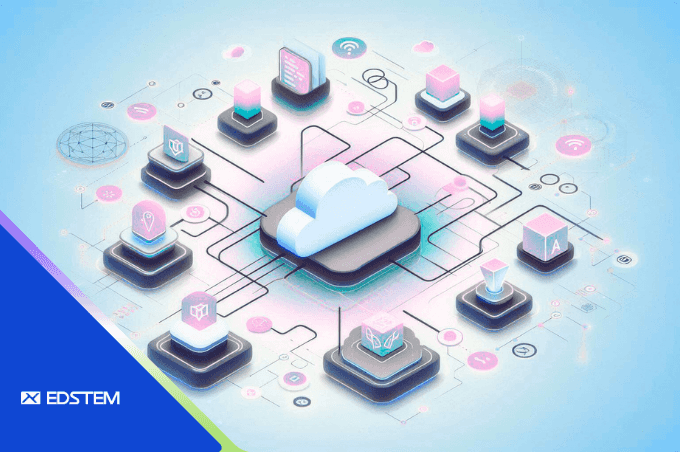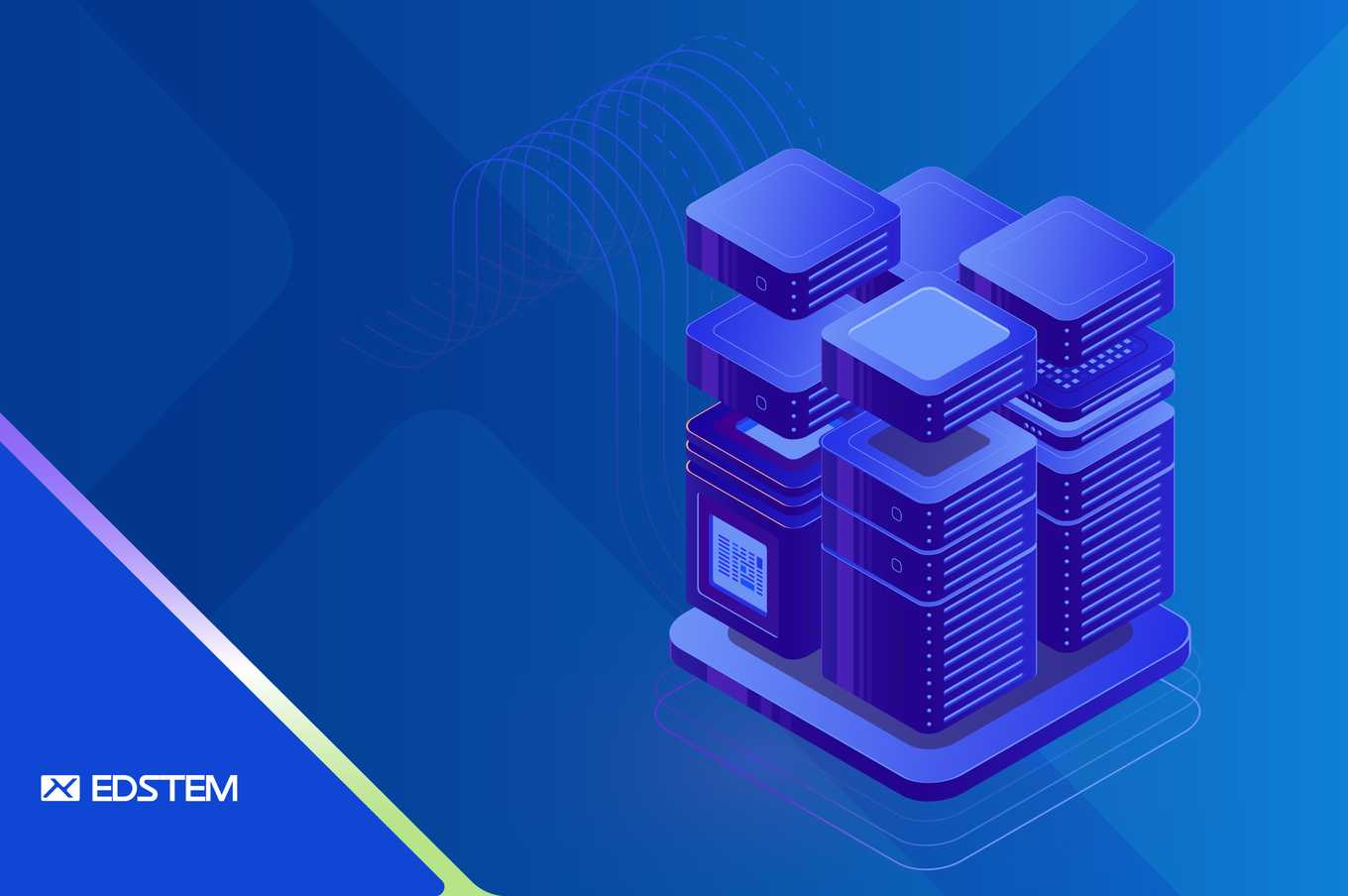Introduction
In modern microservices architecture, handling asynchronous workflows is a critical requirement for scalability and modularity. This blog will walk you through setting up a microservice architecture where:
- A Python Flask-based backend service handles API requests.
- AWS Step Functions orchestrate asynchronous workflows.
- AWS Lambda functions trigger the workflows and execute specific tasks.
Architecture Overview
- Flask Service: Acts as the backend entry point, invoking AWS Lambda functions to trigger workflows.
- AWS Step Functions: Manages the sequence of tasks defined in an orchestrator template.
- AWS Lambda: Acts as the intermediary, finding and triggering the appropriate AWS Step Functions state machine.
Here’s how you can set up this architecture step by step.
Step 1: Set Up Your Flask Backend Service
First, create a Python Flask application that includes a function to invoke an AWS Lambda function asynchronously.
Code Example: backend-service
from flask import Flask, request, jsonify, current_app
import boto3
import json
app = Flask(__name__)
def call_lambda(func_name, payload):
client = boto3.client("lambda")
client.invoke(
FunctionName=func_name,
InvocationType="Event",
Payload=payload
)
return None
@app.route("/trigger-workflow", methods=["POST"])
def trigger_workflow():
payload = request.get_json()
lambda_name = f"trigger-lambda-{current_app.config['ENVIRONMENT']}"
call_lambda(lambda_name, json.dumps(payload))
return jsonify({"message": "Workflow triggered!"}), 200
if __name__ == "__main__":
app.config["ENVIRONMENT"] = "dev"
app.run(debug=True)Steps:
- Install Flask and Boto3:
pip install flask boto3 - Save the code as
app.pyand run the Flask application:python app.py - Test the endpoint by sending a POST request to
/trigger-workflowwith JSON payload.
Step 2: Create the Lambda Function
The Lambda function acts as the trigger for your AWS Step Functions state machine.
Code Example: trigger-lambda.py
import os
import json
import boto3
from botocore.exceptions import ClientError
import logging
logger = logging.getLogger(__name__)
def find(stepfunctions_client, state_machine_name):
"""
Finds a state machine by name.
"""
state_machine_arn = None
try:
paginator = stepfunctions_client.get_paginator("list_state_machines")
for page in paginator.paginate():
for machine in page["stateMachines"]:
if machine["name"] == state_machine_name:
state_machine_arn = machine["stateMachineArn"]
break
if state_machine_arn:
break
if state_machine_arn:
logger.info("Found state machine %s with ARN %s.", state_machine_name, state_machine_arn)
else:
logger.info("Couldn't find state machine %s.", state_machine_name)
except ClientError:
logger.exception("Couldn't find state machine %s.", state_machine_name)
raise
return state_machine_arn
def lambda_handler(event, context):
sfn_client = boto3.client("stepfunctions")
state_machine_arn = find(sfn_client, f'orchestration-{os.environ["ENVIRONMENT"]}')
sfn_client.start_execution(
stateMachineArn=state_machine_arn,
input=json.dumps(event)
)
return {"statusCode": 200, "body": json.dumps("Step Function Triggered!")}Steps:
- Save this file as
trigger-lambda.py. - Deploy it to AWS Lambda with an IAM role that has permissions to invoke Step Functions.
- Set the environment variable
ENVIRONMENTto match your setup (e.g.,dev,prod).
Step 3: Define Your Step Functions Workflow
Create a JSON template to define your Step Functions workflow.
Example: orchestrator.tmpl.json
{
"Comment": "Workflow",
"StartAt": "Task1",
"States": {
"Task1": {
"Type": "Task",
"Resource": "arn:aws:lambda:REGION:ACCOUNT_ID:function:Task1",
"Next": "Task2"
},
"Task2": {
"Type": "Task",
"Resource": "arn:aws:lambda:REGION:ACCOUNT_ID:function:Task2",
"End": true
}
}
}Steps:
- Replace
REGIONandACCOUNT_IDwith your AWS region and account ID. - Save the file and deploy it to AWS Step Functions.
- Name the state machine
orchestration-ENVIRONMENT.
Step 4: Test the Integration
- Start the Flask server and send a POST request to
/trigger-workflow:curl -X POST http://127.0.0.1:5000/trigger-workflow -H "Content-Type: application/json" -d '{"key": "value"}' - Check the AWS Step Functions console to see the triggered workflow and its execution status.
- Review the logs in AWS CloudWatch for both the Lambda function and Step Functions.
Conclusion
Combining Flask, AWS Lambda, and Step Functions provides a powerful way to manage asynchronous workflows. This architecture is scalable, modular, and can be tailored to various use cases. Experiment with this setup and adapt it to your project requirements.




